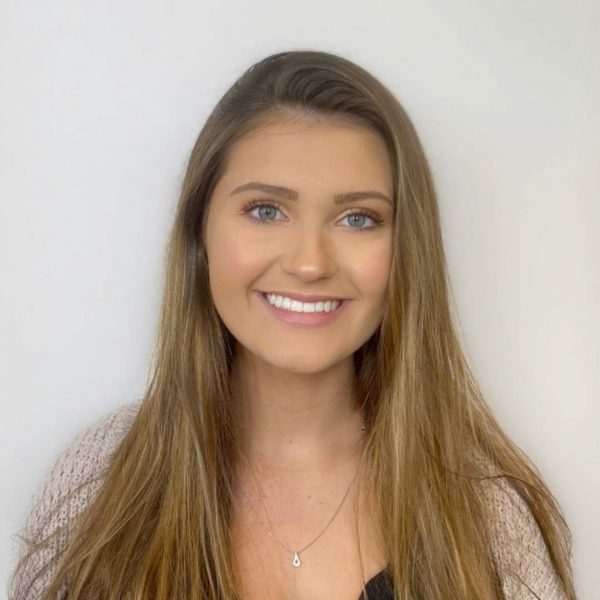
My name is Morgan Knipp and I am a sophomore at Florida State University. I am studying Biochemistry and I hope to attend medical school after graduation. I am from Crystal River, FL. My research interests are quite diverse, as I am interested in studying chemical sciences as well as biological sciences. I currently study coral reef communities in the Florida Keys.
Coral Reef Benthic Cover; Comparing Methodologies
Authors: Morgan Knipp, Shania Schull
Student Major: Biochemistry
Mentor: Shania Schull
Mentor’s Department: Biological Science
Mentor’s College: Arts and Sciences
Co-Presenters: Maria Goerges
Abstract
Coral reefs are amongst the largest biological and most biodiverse structures on Earth. They:
- provide protection to coastlines
- refuge for unparalleled biodiversity
- a bounty of natural resources for local economies and tourism
Unfortunately, these ecosystems are continuously degraded due to many factors, including the presence of certain algal species.
In recent years, coral cover on many reefs has diminished, while the presence of algae has risen. Algal abundance can be indicative of coral reef decline because certain species of algae, especially the calcifying types, damage and outcompete coral, though coralline algae has been seen to enhance coral recruitment. Here, we analyze percent cover of these functional groups, along with sponges and gorgonians, using two different methods; manual and scatter point.
There are many limitations to using percent cover as a proxy for benthic reef community structure. As such, we implement two common methods and discuss the advantages and disadvantages of using each method to describe each functional group.
Keywords: Marine biology, biology, coral reef



